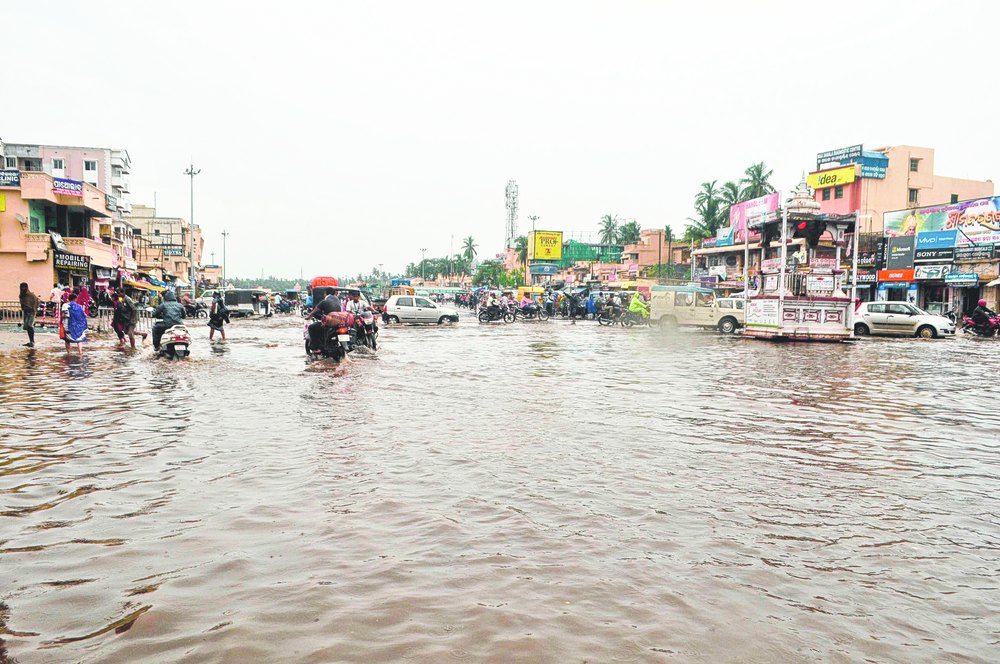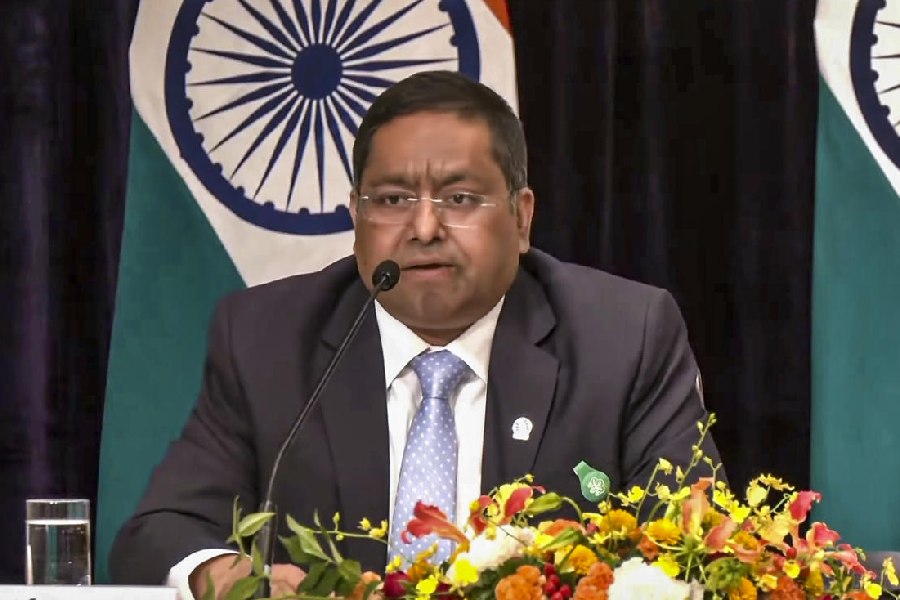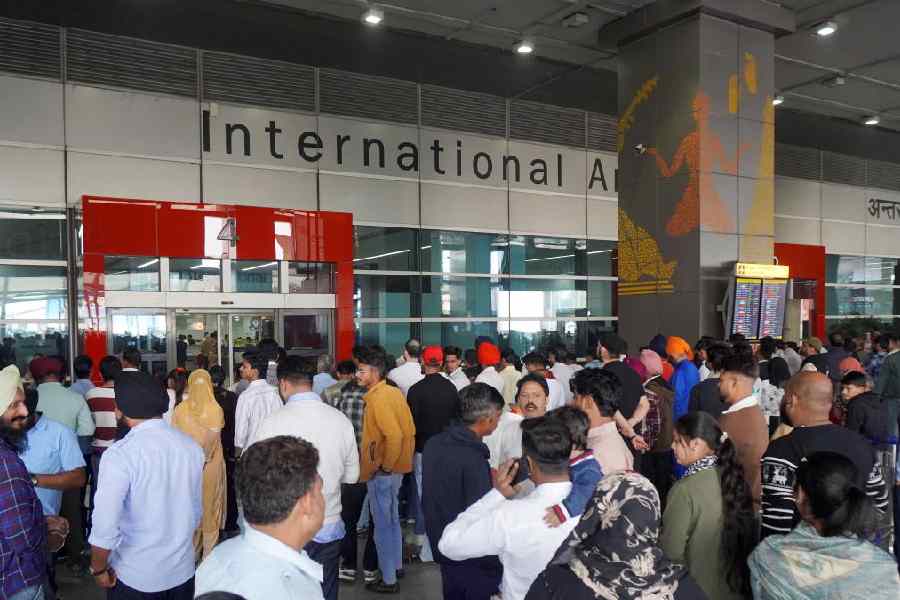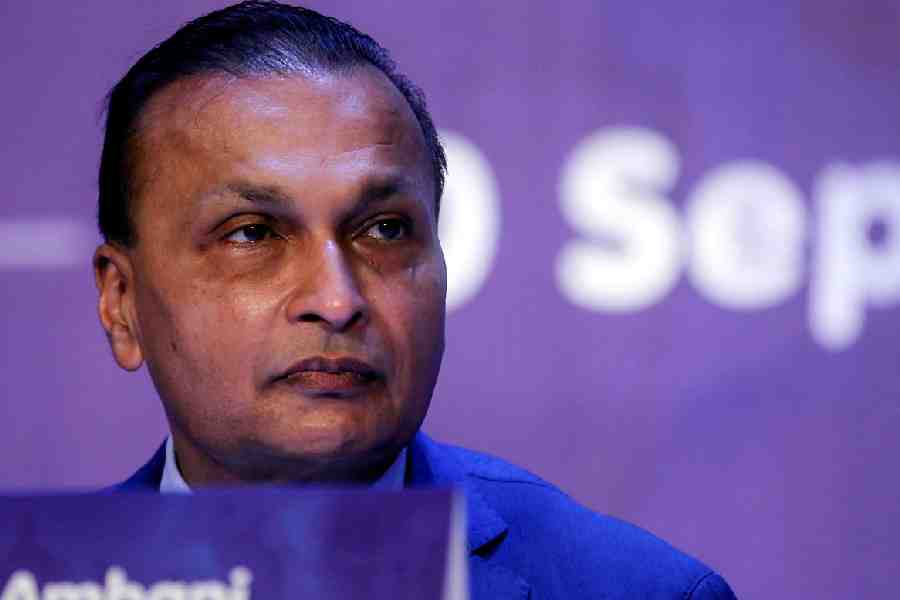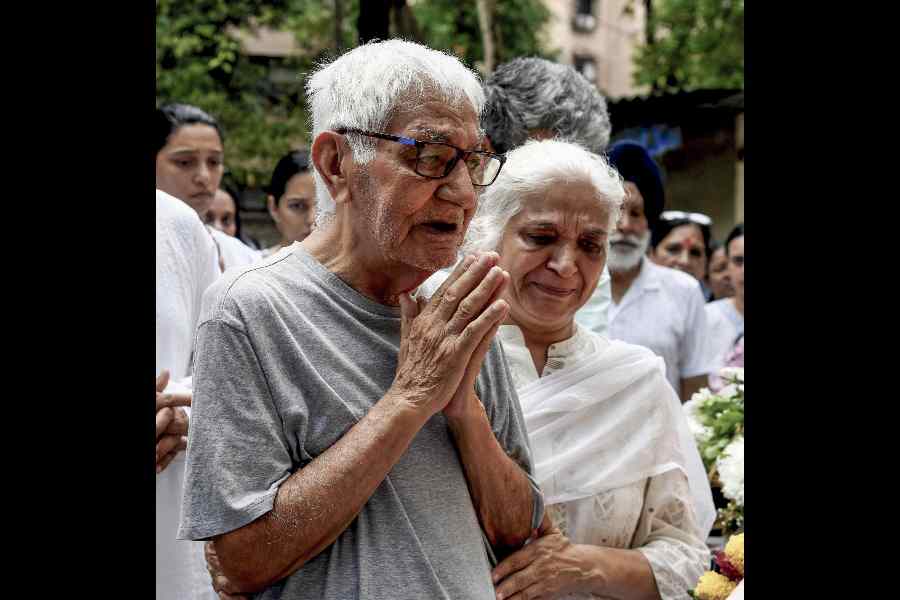
Bhubaneswar, July 11: Many of Nabakalebars since 1874 have had some controversy or the other associated with the events, according to a book - Nabakalebara, an Archival Document - brought out by the Odisha State Archives.
The delay of nearly 12 hours in the soul transfer of the Trinity on June 15 this year may have snowballed into a controversy with Opposition parties and Puri Shankarachyarya attacking the state government. But, in 1874, there was a delay of three days in the very same ceremony.
The book quotes news reports of Utkal Deepika, the first Odia newspaper that played a pioneering role in the formation of Odisha as a separate province.
In its issue, dated July 18, 1874, the report says: "In Education Gazettee, a letter is published on Nutan Kalebar. In the letter, it is stated that whenever there is a Nutan Kalebar, on the Krishna Trayodasi, the Brahma padartha (life substance) is placed in the Nabakalebar and the old kalebar is buried. This is the rule. This year on that day, the Nutan Kalebar was not done and it was done after three days."
Utkal Deepika, which was a news weekly that time, in its next edition (July 25, 1874) seemed to have not accepted the explanation given by the authorities that the rituals were correctly done. The news report said: "After the end of rath yatra (car festival), Kedarnath Datta (deputy magistrate) would solve this problem after consulting the pundits."
Incidentally, this time, the Shree Jagannath Temple Administration has ordered a probe and its report is expected to be made available after the car festival gets over.
The Nabakalebar in 1893, too, was mired in controversies. Although, the idols were to be replaced, the superintendent of the temple (the Puri royal family) was not prepared for complete renewal of the images on financial ground. A partial Nabakalebar ( Sriangapitas) was performed, the book quotes extensively from Utkal Deepika.
That year, the chariot construction was delayed and the deities were installed on the cars at midnight of July 15, not the afternoon, which is the usual practice. Madhusudan Das, the architect of modern Odisha, was present during the festival and had to personally persuade the pilgrims to clear the raths as the administration failed to control the crowd.
"It took one complete month, this car festival of Lord Jagannath during the year. The return car festival was held on August 4 and many religious rites committed with the car festival could not be performed," says the book quoting Utkal Deepika.
The Nabakalebar festival in 1912 was the first to be held after the establishment of a railway link to Puri. "At that time, a virulent outbreak of cholera had taken place in Puri, resulting in many deaths. Three lakh people attended the car festival in 1912. The pilgrims were supplied with drinking water by the local authorities. Nevertheless, cholera broke out and resulted in 373 deaths in July and 680 in August," the book says quoting reports and documents.
While the 1931 Nabakalabar was a smooth affair, the Nabakalabara in 1950 witnessed violent clashes between the naga sadhus and police.
On July 19 in 1950, it was reported, there was a struggle between the police and naga sadhus in Puri. Two hundred sadhusand 14 policemen were injured. The same day "due to mismanagement, the wheel of Lord Jagannath's chariot was broken on the way." The next day, a group of armed naga sadhuswanted to climb the chariot of Lord Balabhadra. They had slapped a policeman. There was a clash and 191 sadhus were hospitalised, 102 of whom were released after minor treatment. In this incident, the public had supported the police in its action against the naga sadhus.
The 1969 festival was a smooth affair.
In 1977, it was completely mismanaged, which led the government to appoint a commission of inquiry under Justice B.K. Patra, a retired judge of Orissa High Court.
On the rath yatra day (July 18), the ropes could not be tied to the chariots due to lack of co-ordination between the temple authorities and the sevayats (servitors). The chariots could not be pulled on the day of the car festival. Six of the wheels of the chariot of Lord Balabhadra broke making it impossible for the chariots to move. The chariots reached the Mausima temple three days after the festival. The highlights of Justice Patra's recommendations are also mentioned in the book.

